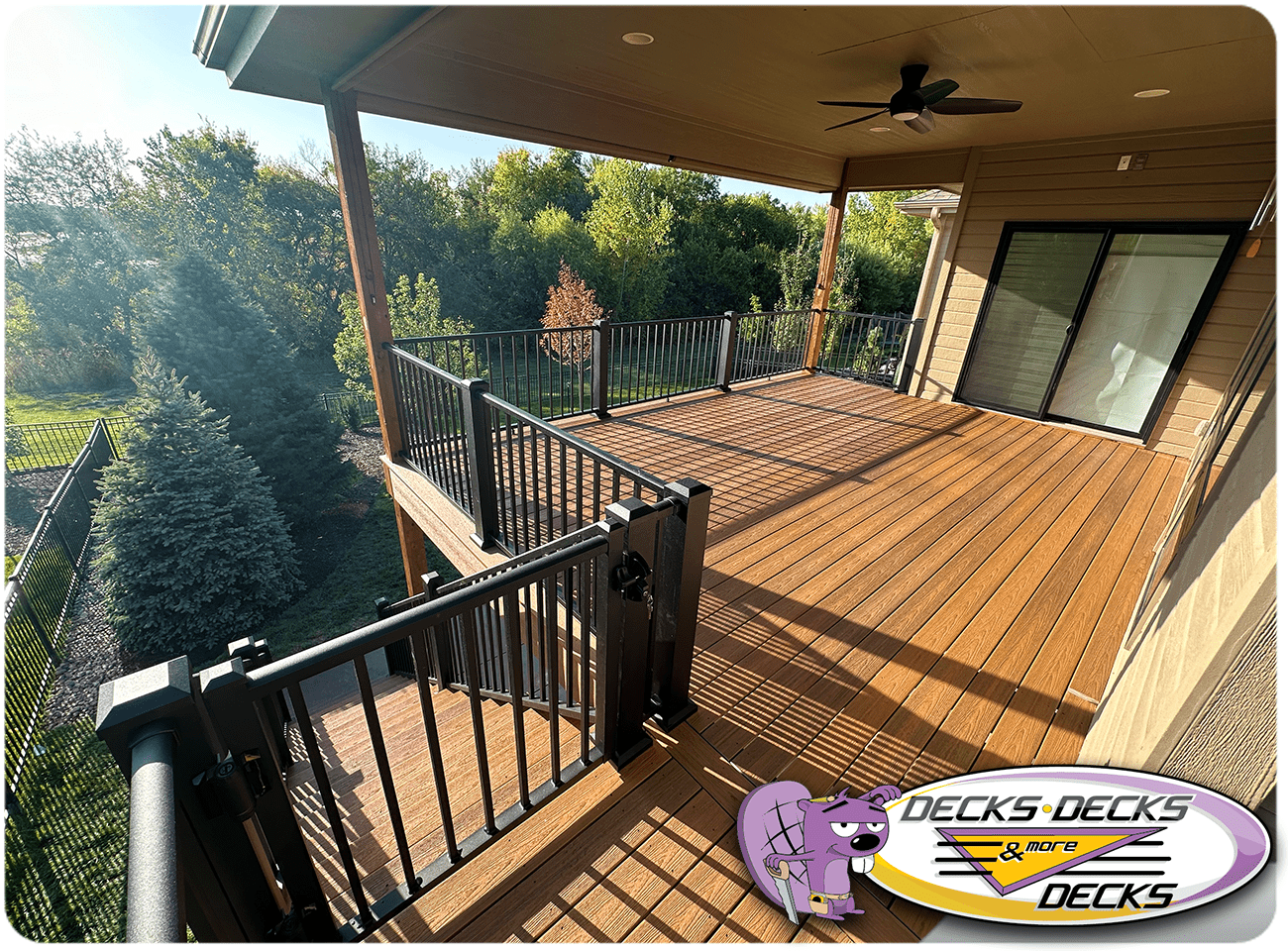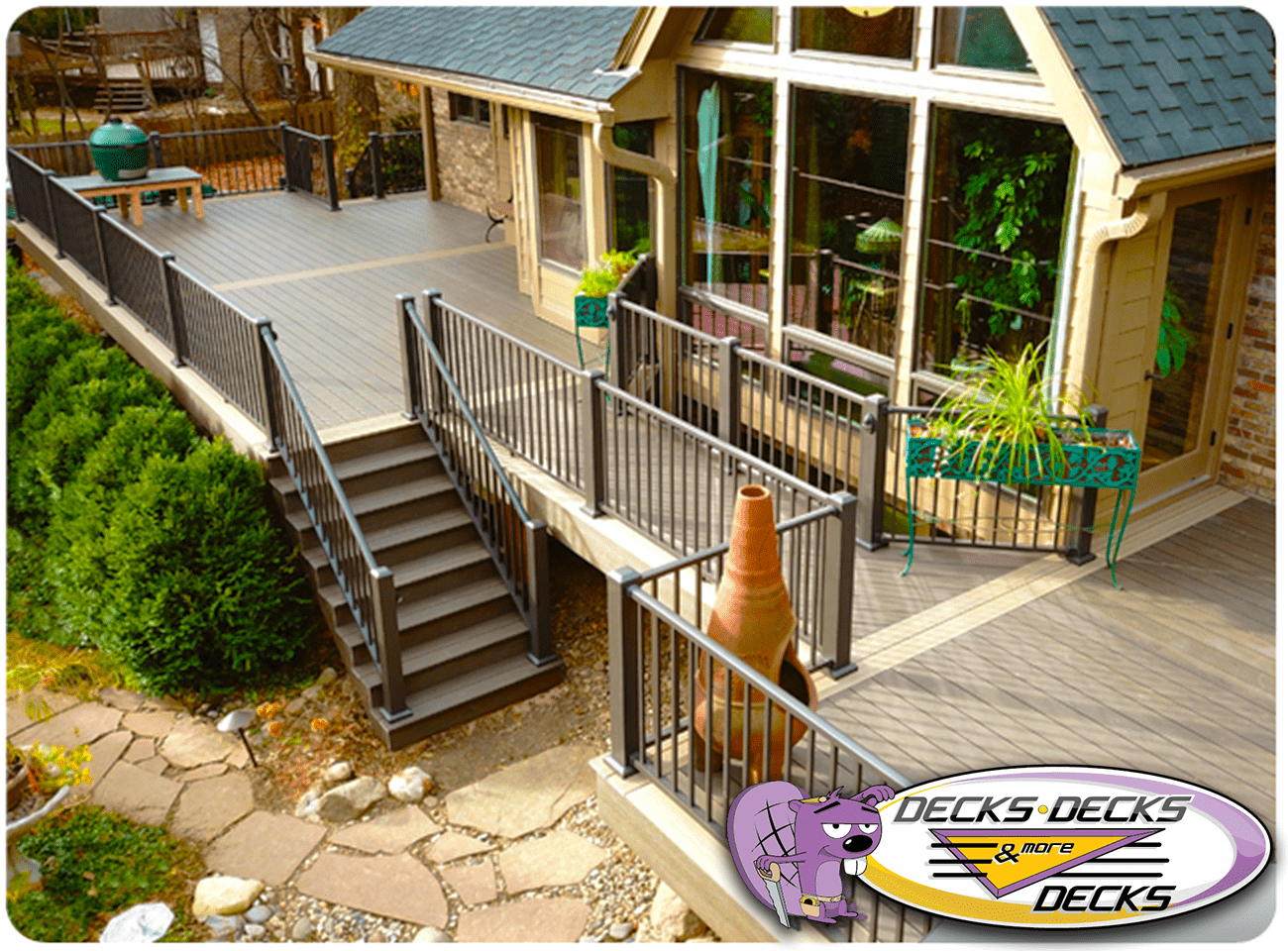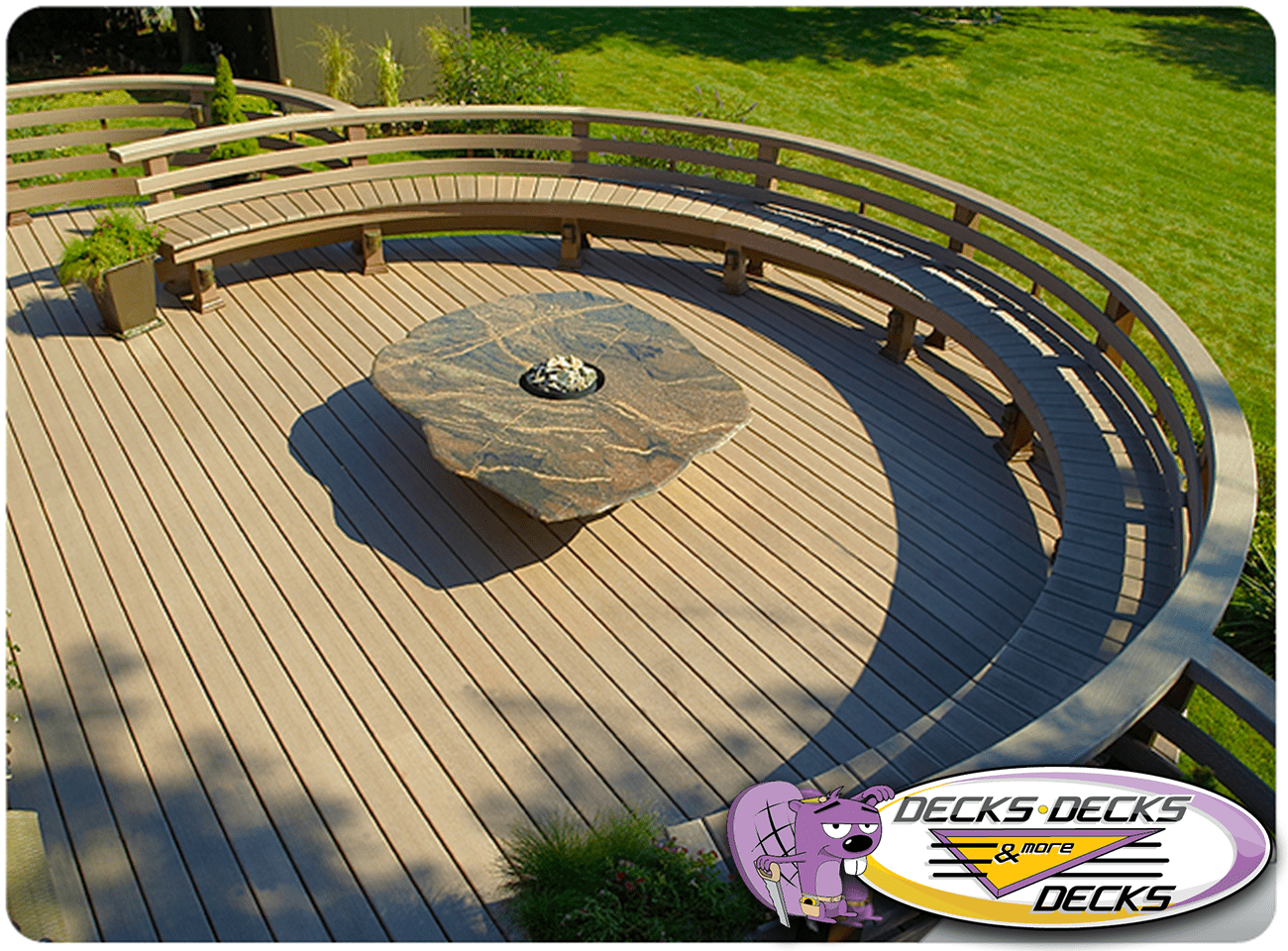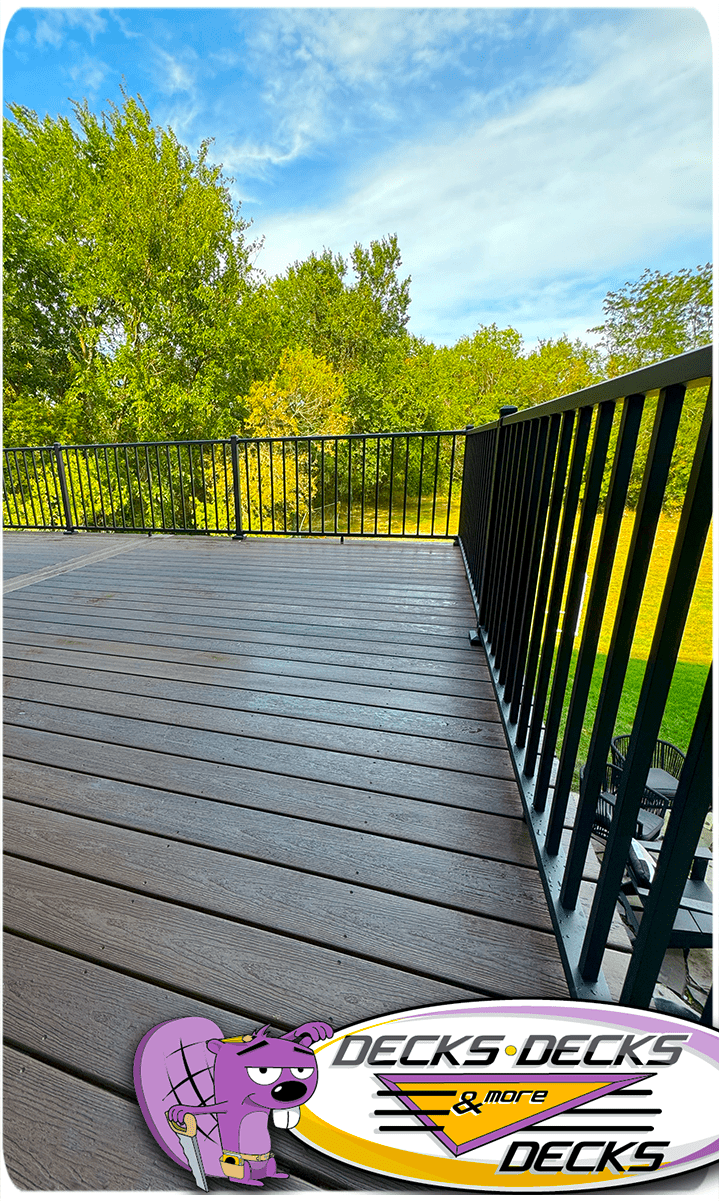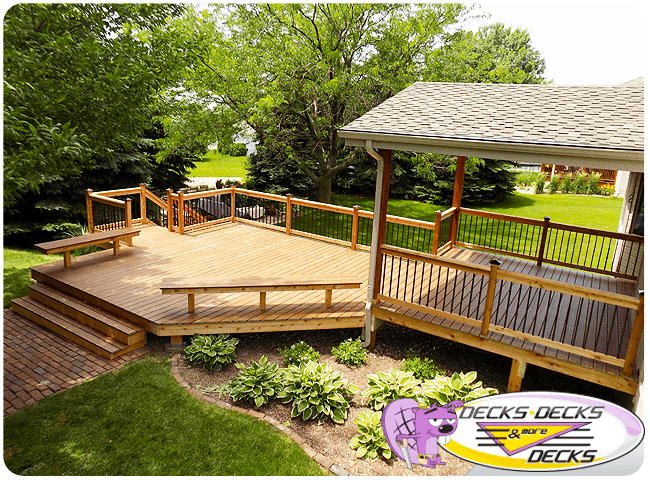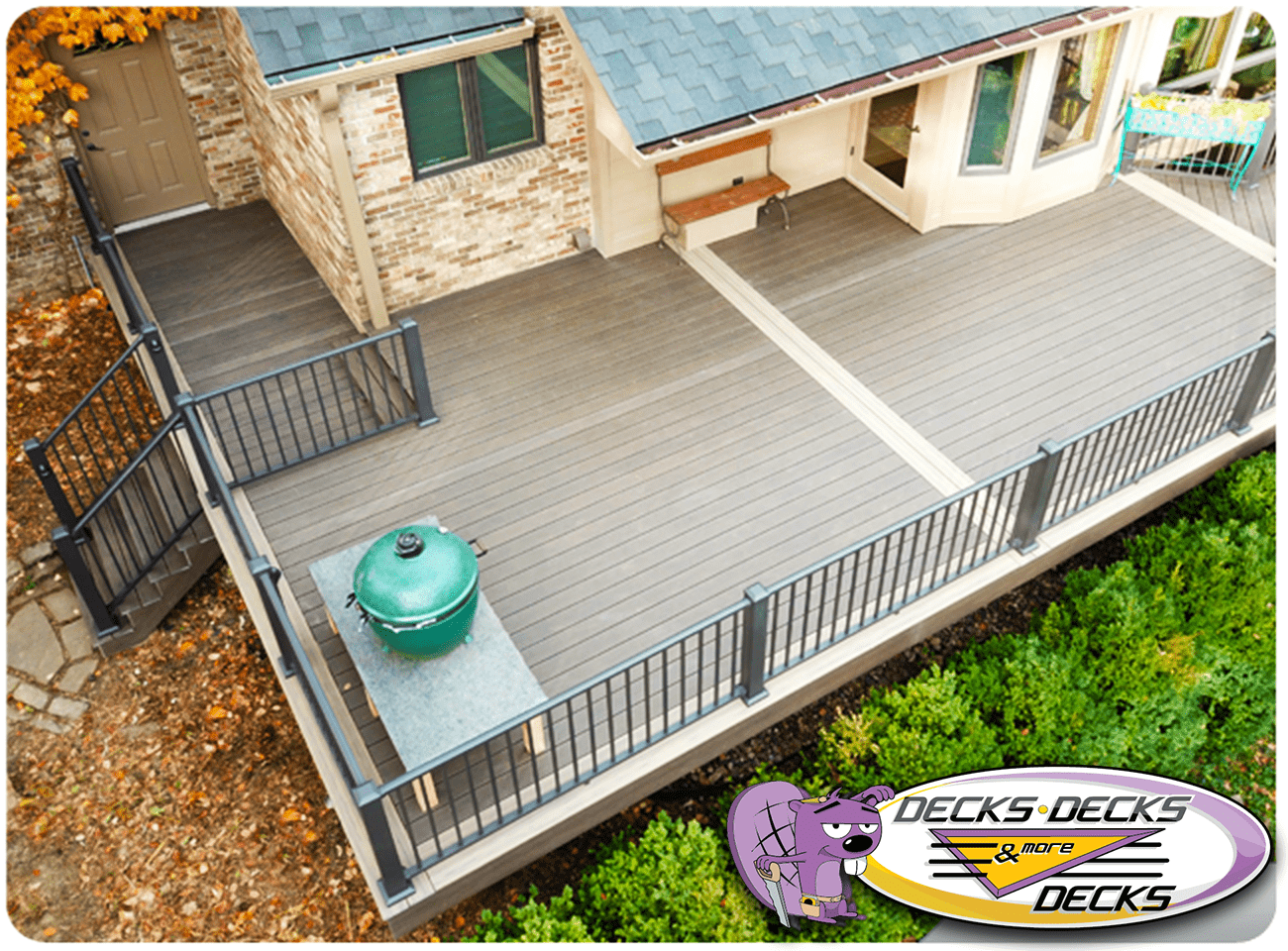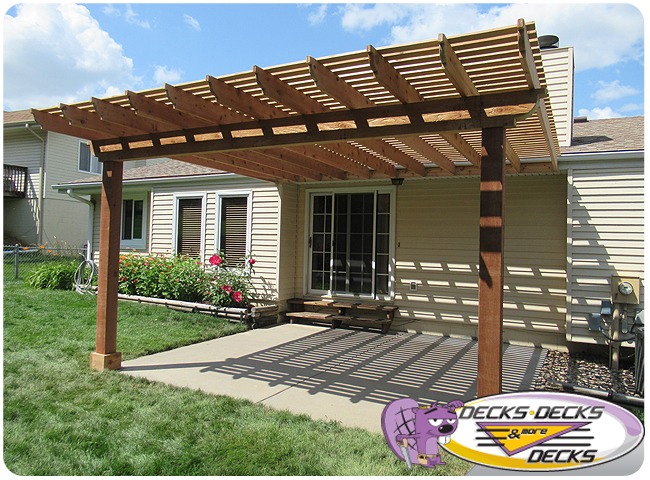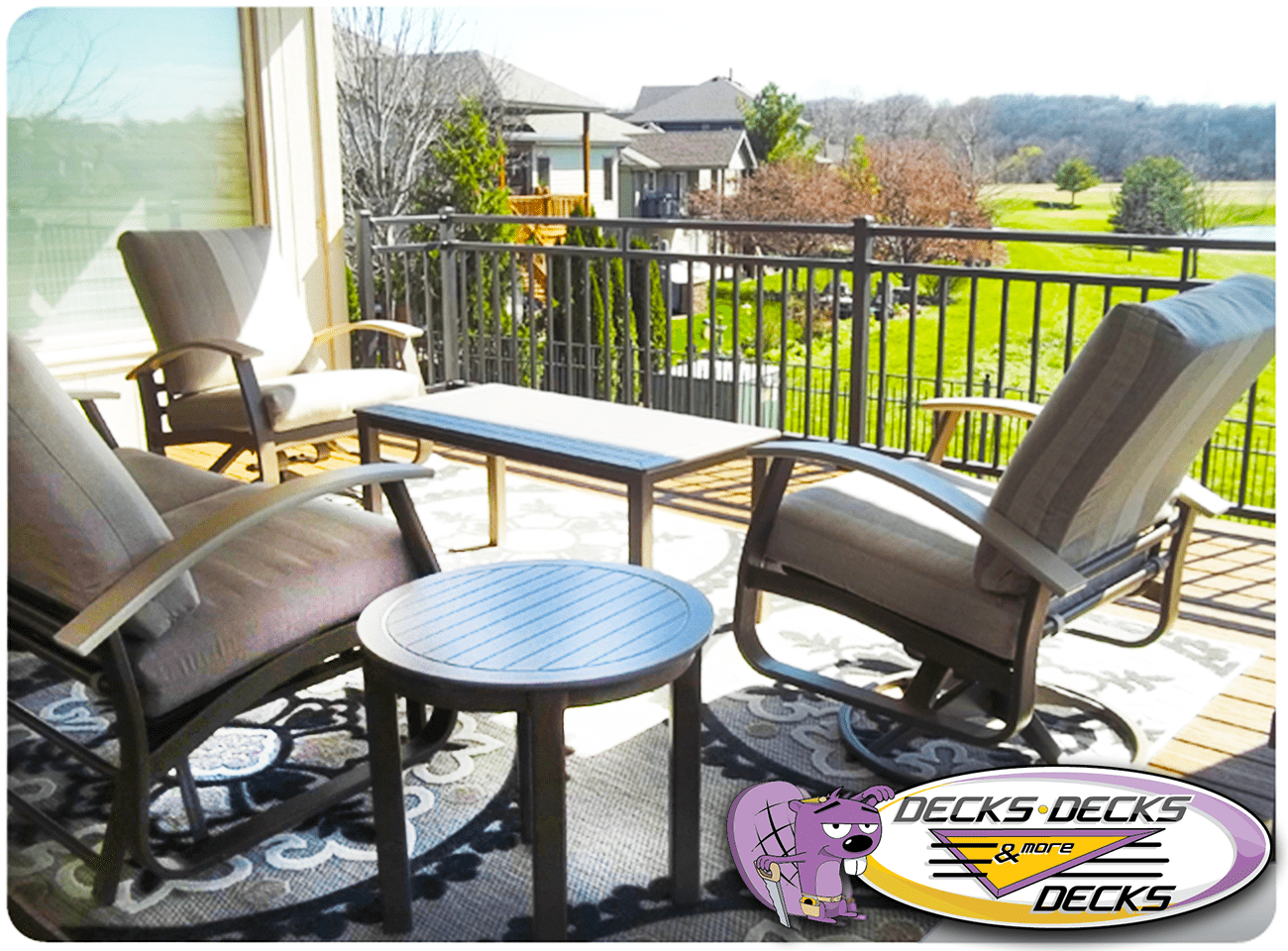Transforming Your Outdoor Space: Finding the Best Decking and Patio Contractors in Omaha
Creating a beautiful, functional outdoor space in Omaha starts with choosing the right professionals. From certified installers to expert decking contractors, Omaha offers top-notch services to make your vision a reality. Whether you’re upgrading with a patio cover, building a new deck, or improving your home’s curb appeal, here’s everything you need to know about finding the perfect contractor in Omaha and its suburbs.
Why Choose an Omaha Certified Installer?
When it comes to decking and patio projects, hiring a certified installer ensures that your project meets high standards of quality and safety. Omaha certified installers bring expertise and knowledge of local building codes, which is essential for creating long-lasting outdoor spaces. Certification also signifies advanced training and dedication to craftsmanship, giving you peace of mind that your Omaha home improvement project is in capable hands.
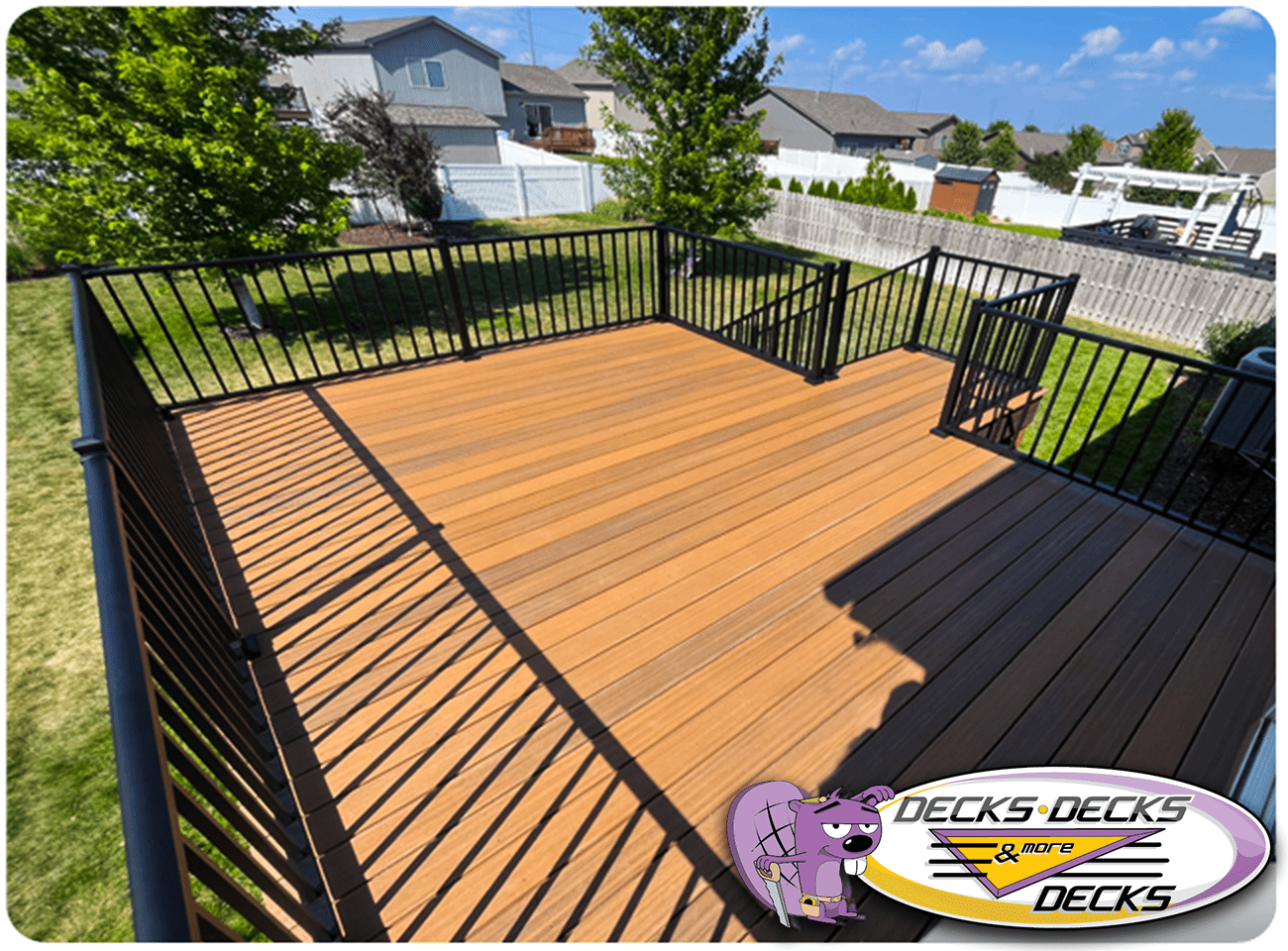
Decking Options and Contractors in Omaha
Decking contractors in Omaha offer various materials and design options to suit any style or budget. Whether you prefer classic wood or low-maintenance composite, Omaha decking professionals can help you select materials that withstand local weather conditions while enhancing your home’s aesthetic. Experienced contractors also provide custom features, such as railings and integrated lighting, that make your outdoor space uniquely yours.
Enhancing Outdoor Spaces with Patio Covers
Adding a patio cover not only increases comfort but also extends the usability of your outdoor area. Omaha patio covers come in diverse styles, including pergolas, retractable awnings, and solid roof structures, allowing you to find the perfect solution for year-round enjoyment. Patio covers provide shade and protection from rain, making them ideal for Omaha’s variable climate and giving you a cozy spot to entertain or relax.
Patio Contractors for Every Omaha Area
Omaha patio contractors offer an array of options, from elegant pavers to decorative concrete finishes. Choosing the right patio contractor means you’ll get a design that complements your home and enhances your lifestyle. A skilled patio contractor will help you consider factors like layout, materials, and accessibility to create a seamless transition between indoor and outdoor spaces, adding value and functionality to your Omaha property.
Home Improvement in Omaha and Surrounding Suburbs
Omaha’s home improvement experts don’t just serve the city—they also bring their services to suburbs like Bellevue, Elkhorn, and Papillion. Finding local contractors familiar with the Omaha suburbs can make the process easier, as they understand regional building codes and climate considerations. From rural to urban areas, these professionals offer insights into how to best design and protect your outdoor structures.
Top Considerations for Decking and Patio Projects
For many Omaha homeowners, the cost of decking or patio projects is a significant factor. Experienced Omaha contractors will help you navigate cost-effective solutions that don’t compromise on quality. Additionally, detailed plans and transparent contracts are essential for avoiding unexpected costs and ensuring your project stays on track.
Omaha Outdoor Decking for Every Climate
Selecting the right materials is essential for Omaha’s diverse climate. Local decking contractors understand which materials work best in Omaha’s seasonal weather, from hot summers to snowy winters. A knowledgeable contractor can guide you in choosing materials that resist moisture, heat, and cold, ensuring your deck or patio stands the test of time.
Final Thoughts on Omaha Decking and Patio Services
From certified installers to creative design consultants, Omaha offers a wide range of skilled professionals to enhance your outdoor spaces. With the right contractor, you can create a beautiful, durable deck or patio that complements your home and suits your lifestyle. Whether you’re located in Omaha or its suburbs, there’s a contractor ready to help you bring your outdoor vision to life.


